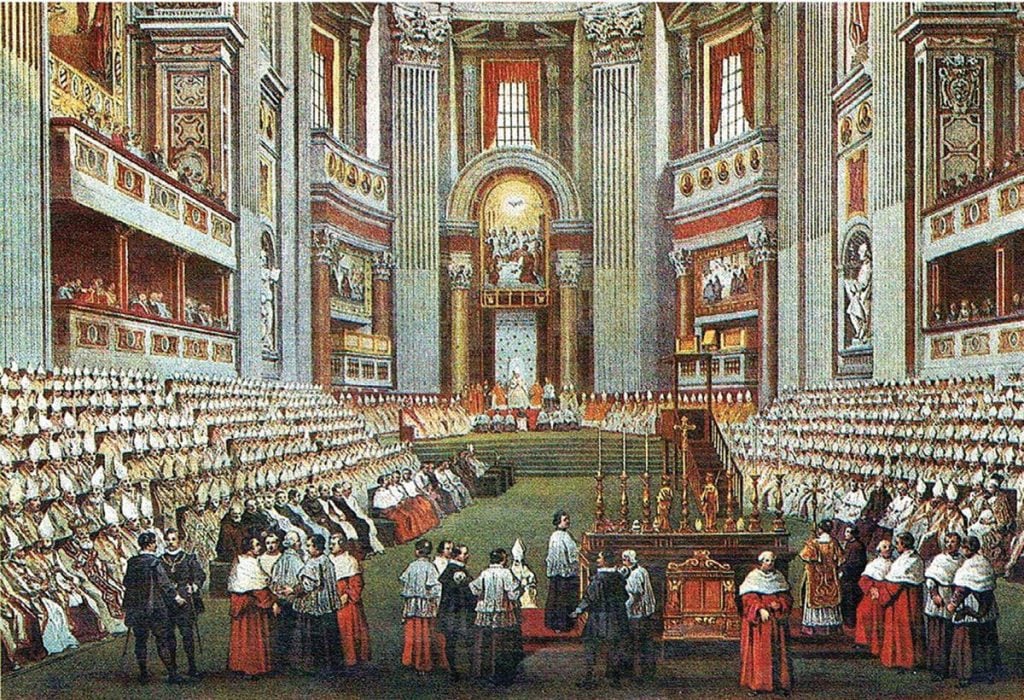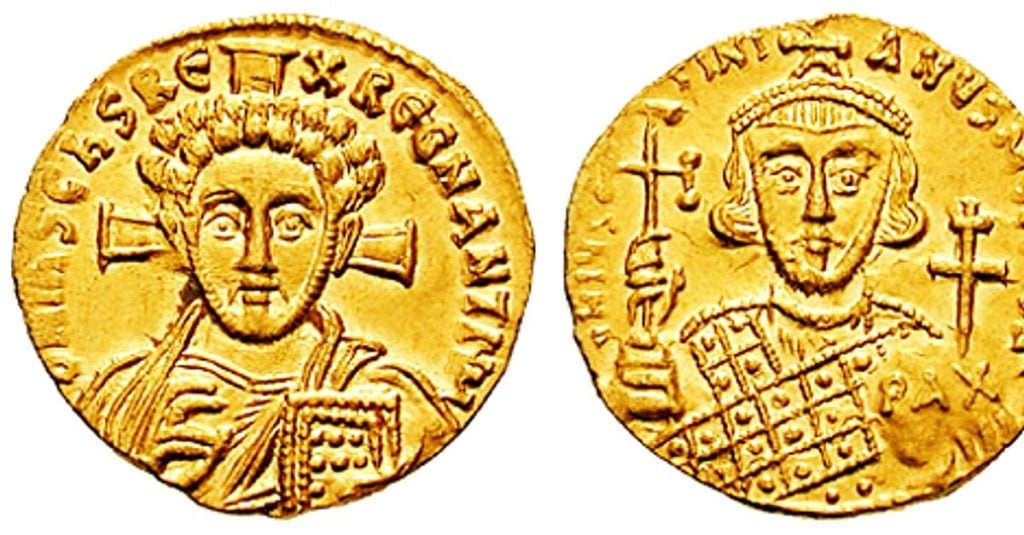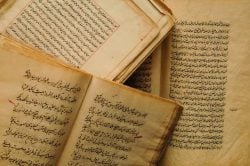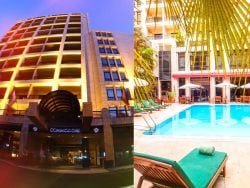Lebanon’s Brother Popes: Sisinnius & Constantine of Tyre
Did you know the lands of modern day Lebanon were once home to two future popes? An interesting history of religious struggles, inter-Roman conflict, and one of the shortest papal reigns in history merges within the history of Lebanon’s only two popes, the brothers Sisinnius and Constantine.
Starting in 537, the rulers of the Eastern Roman Empire (or Byzantine Empire) had come to dominate the process of papal election in the Vatican, de facto requiring any bishop of Rome to receive the confirmation of the emperor before ascending to their position. This led to some interesting developments in papal history, with a higher proportion of popes coming form the east, including Greece, Syria, and Lebanon.

Out of this Byzantine domination would come the first two “Lebanese” popes. Pope Sisinnius, born in Tyre in 650, was elected bishop of Rome on 15 January 708. His reign ended on 4 February 708, after a long struggle with gout ended his life. His successor was Pope Constantine, himself born in Tyre in 664. He was elected to the papacy on 25 March 708, reigning till his death on 9 April 715.
Pope Sissinnius is said to have come from a common (non-aristocratic) background. He was considered Syrian, and remembered as the son of John. During his short reign, he was said to have been a man of a strong character and a good carer for the city. He also made plans to restore the walls of Rome.

After Sissinnius’ death, it took around two months for his brother Constantine to be confirmed into the papal chair. Constantine was said to have been fluent in Greek, a frequent visitor to the Byzantine capital in Constantinople, where he had made kinship with emperor Justinian II.
In 710, Pope Constantine embarked on a trip to the Byzantine capital at the request of Emperor Justinian II. He would be the last pope to visit the eastern capital until Paul VI’s visit to Istanbul in 1967, a mere 1257 years later. The schism that would develop between the Western Catholic church and Eastern Orthodox and lead to this long wait, had some hints during Constantine’s reign.

In 711, just a few short weeks after Constantine had returned to Rome, he received news of Justinian’s death at the hand of revolting troops in the capital. The emperor was succeeded by Philippicus who sent word to Constantine that he would like the church to adopt his views on Monothelitism, an Eastern Roman doctrine that was repeatedly rejected by the church. Constantine rejected this demand and refused to recognize the new emperor in Rome. The issue ended with the deposition and death of Philippicus in 713.
The final years of Constantine saw him welcome numerous bishops and nobles from across Europe on pilgrims to Rome, and rule over years of prosperous abundance in the future Italian capital. After his death, he was succeeded by Pope Gregory II, a Roman noble, and one of the last popes of the Byzantine era which ended in 752. With that, the lineage of Lebanese popes comes to an end, with 5 popes in total coming from the Levant during the history of the papacy (Anicetus, Sergius, Sisinnius, Constantine, Gregory III).
After the death of Gregory III in 741, the Byzantine era would officially come to an end, and no non-European popes would be elected until Pope Francis in 2013.
More Like This
The Collapse of Lebanon’s Intra Bank In 1966





